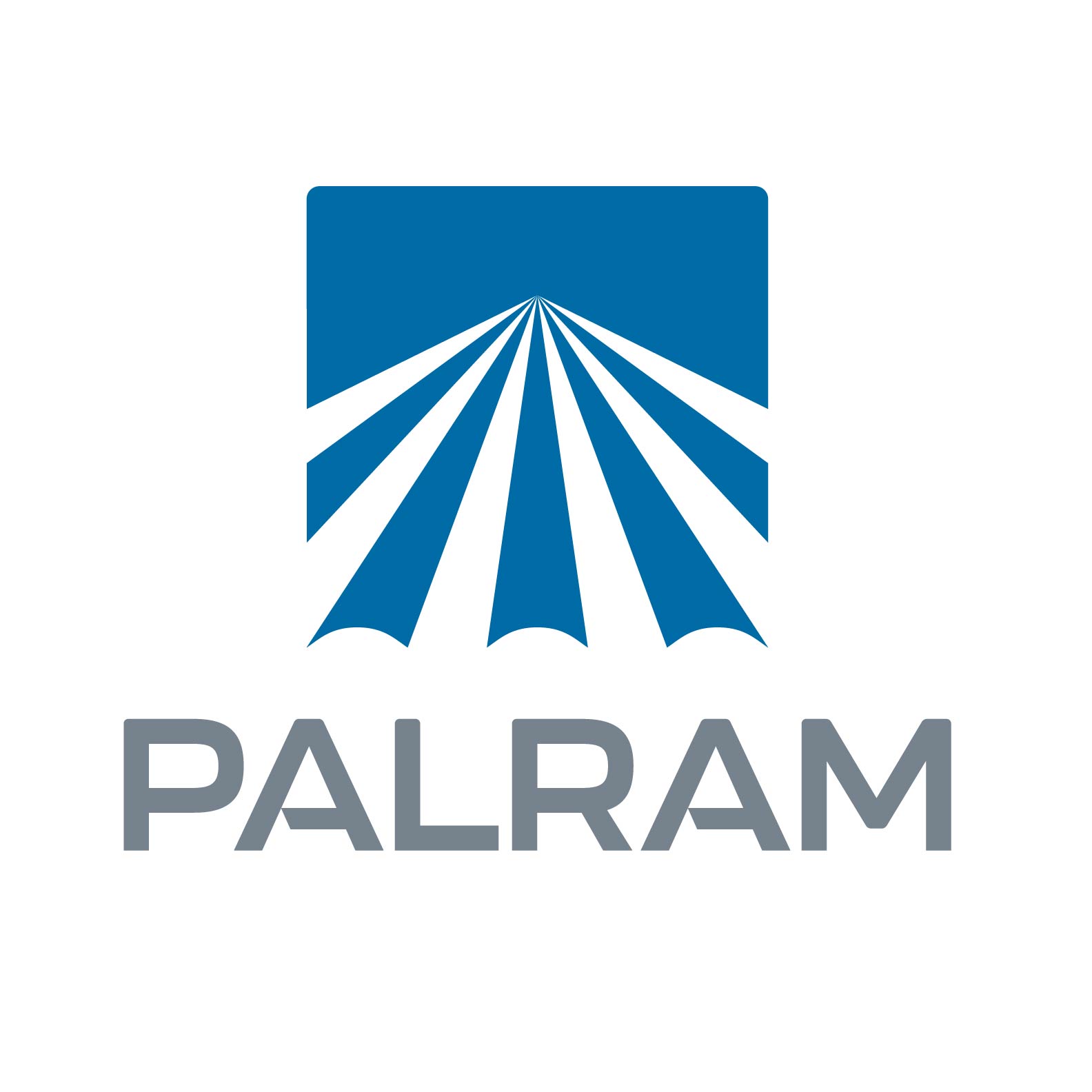As people spend an increasing amount of time indoors, the need to bring natural light into building interiors becomes even more imperative. Daylighting is an important part of architectural design for many reasons, with occupant well-being and sustainable practices at the top of the list. This course will explore the health and environmental benefits of daylighting, look at polycarbonate fenestration products as a practical and high-performing option, and discuss design considerations and possibilities, including case studies of polycarbonate products used in daylighting projects.
Learning Objectives
- Review historical uses of daylighting for wellness and energy efficiency and examine the importance of and strategies for implementing daylighting in building projects to maximize occupant health and wellness.
- Explore how daylighting design can promote environmental sustainability and gain a fuller understanding of daylight measurements as they pertain to design.
- Evaluate the performance benefits of polycarbonate fenestration products and how they can be used to promote the health and environmental benefits of daylighting in buildings worldwide.
- Identify the different types of light-transmitting polycarbonate fenestration products and how they can be used to maximize acoustical, thermal, and solar performance for occupant wellness and energy efficiency.
- Look at real-world uses of polycarbonate facades and roofing to achieve successful and cost-effective daylighting in design.
